Amethyst
This beautiful stone is a gorgeous purple variety of Quartz, and is one of the most well known and well loved gemstones.
In jewellery, it is used in almost every possible way – sold rough, polished, cut into cabochons and even occasionally faceted.
-
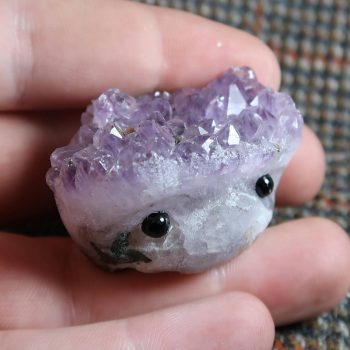
Amethyst Carvings (1)
-
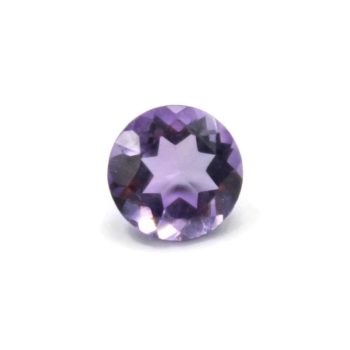
Amethyst for Jewellers (8)
-
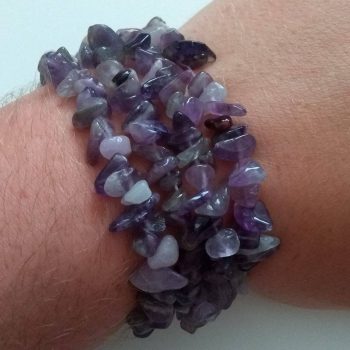
Amethyst Jewellery (1)
-
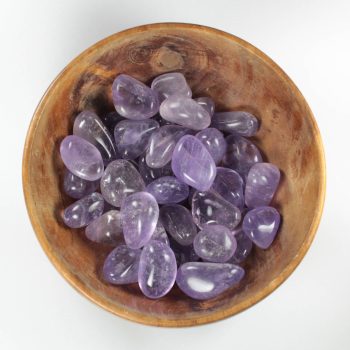
Amethyst Tumblestones (4)
-
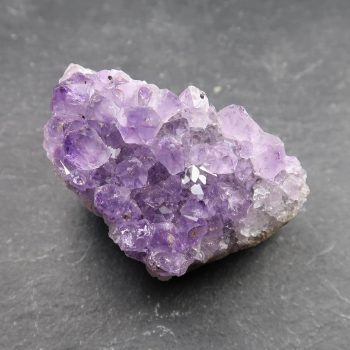
Rough Amethyst (12)
Appearance, Uses and History
The allure of this stone has always been unmistakeable with its distinctive violet hue and tone. While there is a fairly wide range of shades, the translucent and transparent purples are considered the most valued. It can be anywhere from a very pale lavender to a dark purple. However, there is now an unusual pink form from Argentina which is technically an Amethyst too!
It is a variety of quartz, defined by its complex crystal lattice pattern and its hardness, which makes it ideal for jewellery making – measuring 7 on the mohs scale. Many semi precious rings and other forms of jewellery use cabochons cut from this stone; either as a feature stone or a decorative extra.
The ancient Greeks believed that by wearing and adorning their drinking vessels with amethyst it would prevent intoxication. This is perhaps why it has long been associated with getting rid of addictions and other destructive compulsions.
Locales
Very common, occurring in most countries to some extent – yes, even the UK. The most important commercial sources are Brazil, Bolivia, Madagascar, and Uruguay, with smaller sources in Canada, Namibia, Paraguay, Russia, and the USA,
Mineralogy
Hazards and Warnings
Almost all rocks, minerals (and, frankly, almost all other substances on earth) can produce toxic dust when cutting, which can cause serious respiratory conditions including silicosis.
When cutting or polishing rocks, minerals, shells, etc, all work should be done wet to minimise the dust, and a suitable respirator or extraction system should be used.
Translations
Arabic:
- جمشت
Hindi:
- बिल्लौर
Portuguese:
- ametista
Bengali:
- অ্যামেথিস্ট
Indonesian:
Punjabi:
English:
- amethyst
- purple quartz
Italian:
- ametista
Russian:
- аметист
French:
- améthyste
Japanese:
- アメジスト
Spanish:
- amatista
German:
Korean:
- 자수정
Thai:
- อเมทิสต์
Gujurati:
- એમિથિસ્ટ
Mandarin and Traditional Chinese:
- 紫晶
- 紫水晶
Urdu:
Further Reading / External Links
- https://en.wikipedia.org/wiki/Amethyst
- https://www.gia.edu/UK-EN/amethyst
- https://www.gemsociety.org/article/amethyst-jewelry-and-gemstone-information/
- https://www.mindat.org/min-198.html
